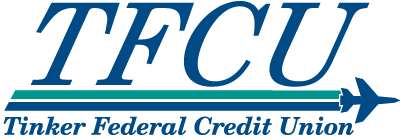Ready or not, here come federal student loan payments. Starting September 1, 2023, student loans will resume repayment with the first payments due in October. Some borrowers chose to continue making payments during the payment pause, while others are worried about fitting the payment into their budgets. Even though government officials are still deciding the particulars surrounding the end of the student loan payment pause, there are things you can do now to prepare your budget for the return of student loan payments.
Find student loan information and update contact information
Many student loans were transferred to another servicer during the repayment pause. A loan servicer is the company that handles all the administrative tasks of your loan such as generating statements and correspondence, accepting payments and taking customer service-related calls. To find your servicer, visit the U.S. Department of Education’s Federal Student Aid website at studentaid.gov, and log in using the same information as when you completed the Free Application for Federal Student Aid, commonly referred to as the FAFSA. Since student loan payments have been paused since March 2020, it is easy to forget to update contact information when it changes. You do not want to miss updates as you return to the repayment process. Visit your loan servicer’s website to update your contact information.
Make trial payments
Ease the worry of being able to pay student loans by making trial payments into a savings account. This helps in two ways: It will increase confidence in your ability to make the payment, and an increase in the amount saved can help pay for any emergencies. If you are not sure what your student loan payment will be or want to explore repayment options, try the loan simulation tool at studentaid.gov. This tool allows borrowers to view their repayment options and payment amounts.
Plan instead of panic
Several repayment plans are offered to help make federal student loans payments affordable. Though the details of income-driven repayment (IDR) plans may change, they are still offered. Payments through an IDR plan range from $0 to 20% of the borrower’s discretionary income. Federal loan forgiveness plans are also offered to qualified borrowers. To check qualifications and apply for forgiveness, visit studentaid.gov. There is time to develop a plan before payments resume, and there are a variety of repayment plans and options offered for these types of loans. The best way to beat the panic is not to procrastinate but to start creating a repayment strategy as soon as possible.
Article by Tina Herndon, TFCU Financial Educator

About the author
Tina Herndon began her financial career managing three native not-for-profit loan funds and completed a financial counseling session with each loan closing. She served as the Financial Education and Training Manager for the national nonprofit financial counseling and education service, BALANCE, where one of her responsibilities was main presenter. In 2022, she joined the Financial Empowerment team at Tinker Federal Credit Union (TFCU) as a Financial Educator. Learn more about TFCU’s Financial Education team here.
